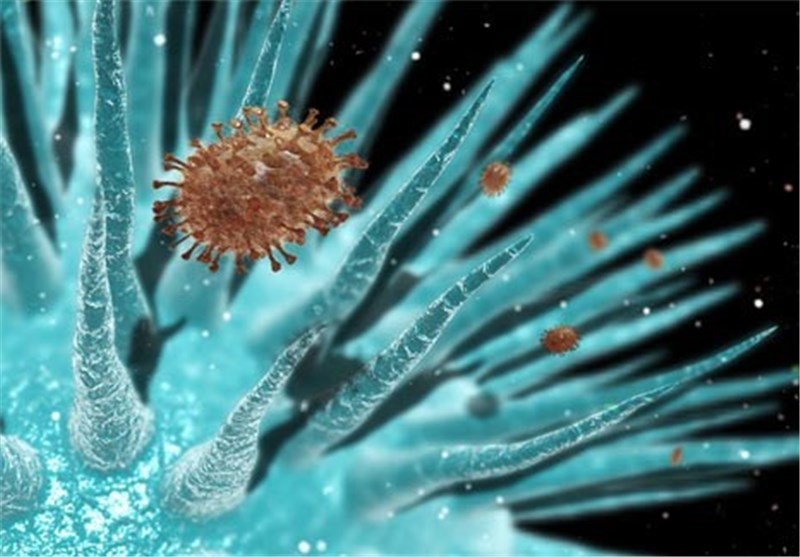Decades Later, Flu Exposure Still Prompts Immunity
TEHRAN (Tasnim) - New forms of influenza viruses can spur production of antibodies to past pandemics in people who lived through them, a recent study found.
Exposure to new flu strains can stimulate production of antibodies against older versions of the virus, researchers have found. The work suggests how to make longer-lasting vaccines with broader flu-fighting capabilities.
Scientists had suspected that the immune system could draw on its prior experience to craft potent protection against future viruses. But there was no evidence before the new work, Patrick Wilson, an immunologist at the University of Chicago said.
Peter Palese of the Icahn School of Medicine at Mount Sinai in New York City reported on August 14 in Science Translational Medicine that he and his colleagues measured antibodies in blood samples drawn from 40 participants in the Framingham Heart Study. The people were born between 1917 and 1952 and lived through the flu pandemics that struck in 1957, 1968 and 1977. The participants volunteered blood samples at five-year intervals between 1987 and 2008.
Palese’s group tracked how antibodies against the three pandemic flu strains changed over time. The researchers also measured levels of antibodies against altered versions of those viruses that were in circulation in 1981 and 1991.
Over time, levels of antibodies against the pandemic strains rose as the people encountered new versions of the flu, the team discovered. But when directed against an unchanging virus called cytomegalovirus, the study participants’ antibodies didn’t climb, suggesting that new virus varieties are important for prodding production of old antibodies.
Because the immune system holds on to old antibodies, elderly people may run out of room in their immunological attics, leaving less space for making new antibodies, Ning Jenny Jiang, a bioengineer who studies systems immunology at the University of Texas at Austin pointed out.
The new work also suggests which parts of the flu virus goad the immune system into making the best antibodies. Antibodies that can fight the widest range of flu viruses are those that latch onto the stalk portion of the hemagglutinin protein, a molecule that sits on the flu’s outer coat. The protein’s stalk supports the head, the business end of the molecule, which grabs onto host cells. The stalk doesn’t change much from year to year or flu virus to flu virus, making it an attractive vaccine candidate.
But the stalk by itself usually doesn’t inspire much of an antibody-producing reaction from the immune system. Palese thinks that by combining the stalk with a variety of heads, he can make a flu vaccine that will protect against a wide range of viruses and will last longer than current seasonal vaccines do.





